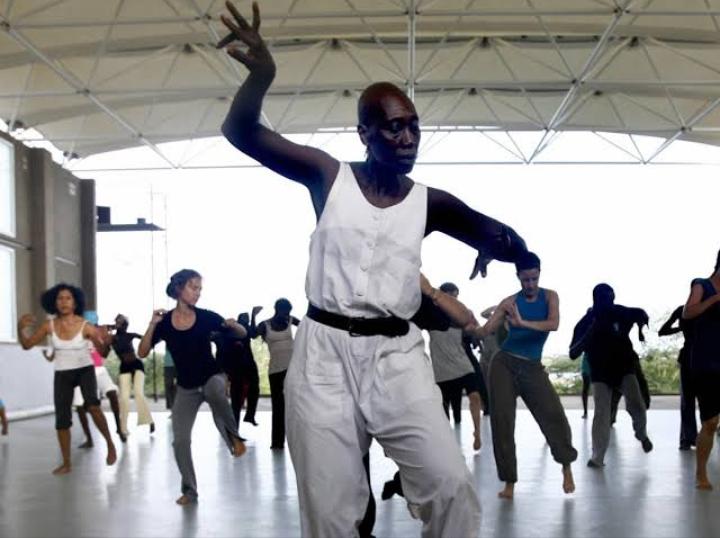
In the vibrant tapestry of the global dance scene, Germaine Acogny stands as a trailblazer, an emblematic figure whose influence has transcended borders and generations. Born on July 4, 1944, in Benin, West Africa, Acogny’s journey in dance is woven with cultural heritage, familial connections, and an unwavering commitment to shaping the narrative of contemporary African dance.
Her familial roots dive into the mystical, with Acogny’s grandmother, Aloopho, a Yoruba priestess believed to possess extraordinary powers. Despite the matrilineal tradition dictating the transmission of these powers, Aloopho, recognizing the uniqueness of her son Togoun, made an exception. This spiritual legacy, passed down from grandmother to father, has manifested in Acogny’s artistry, infusing her movements with a profound connection to the natural world.
Read also: How African refugees can obtain German citizenship after 6 years
At 79 years old, Acogny is the “mother of contemporary African dance,” a title earned through decades of groundbreaking contributions to the art form. In 1977, she co-founded the Mudra Afrique school alongside choreographer Maurice Béjart, creating a platform that birthed the first generation of modern and classical dancers on the African continent. Her accolades include the esteemed Golden Lion for lifetime achievement at the 2021 Venice Biennale, solidifying her status as a luminary in the dance community.
Acogny’s impact resonates not only through accolades but also in her ongoing international tour of “common ground[s],” a performance shared with the seasoned dancer and Pina Bausch collaborator, Malou Airaudo. Originally scheduled for Sadler’s Wells but postponed due to the pandemic, their London debut at the Elixir festival in April promises an eagerly awaited showcase of their artistic synergy.
Read also: New visa & passport centre in Berlin for Ghanaian citizens and visitors
The parallels between Acogny and Airaudo extend beyond the stage, connecting through their shared reverence for nature and the incorporation of Senegalese elements into their performances. Both dancers draw inspiration from their grandfathers, whose images grace the stage during their shows. Acogny’s maternal grandfather, Ignatio, notably encouraged her pursuit of dance, breaking societal norms of the time.

Acogny’s artistic evolution encompasses a rich journey, from studying dance at the École Simon-Siégel in Paris to returning to post-independence Senegal. Her unique style fuses classical training with traditional African-inspired movements, characterized by undulating spines, trembling torsos, and gestures mirroring the natural environment.
Read also: Step-by-step guide: Starting a business as an African in Germany
Her impact reached new heights as she directed Mudra Afrique, contributing to the cultural landscape in post-independence Senegal under President Léopold Sédar Senghor’s vision. After the school’s closure in 1983, Acogny continued her legacy with the establishment of the École des Sables in Toubab Dialaw in 1998. This open-air dance studio overlooks the Sahel, and its significance is underscored by its Wolof name, Kër Aloopho, honoring Acogny’s grandmother.
Acogny’s enduring influence extends through the artists she has nurtured, such as Alesandra Seutin, who studied under her in the early 2000s and is now an artistic director at the École des Sables. As the custodian of her technique, Acogny emphasizes the importance of the youth in evolving and developing the art form within their respective cultures.
In each step, Germaine Acogny remains a living archive, embodying the essence of African dance within her movements and passing the torch to future generations. Her legacy transcends the stage, leaving an indelible mark on the global dance landscape as a visionary, a mentor, and the embodiment of the rich cultural tapestry from which she draws inspiration.
